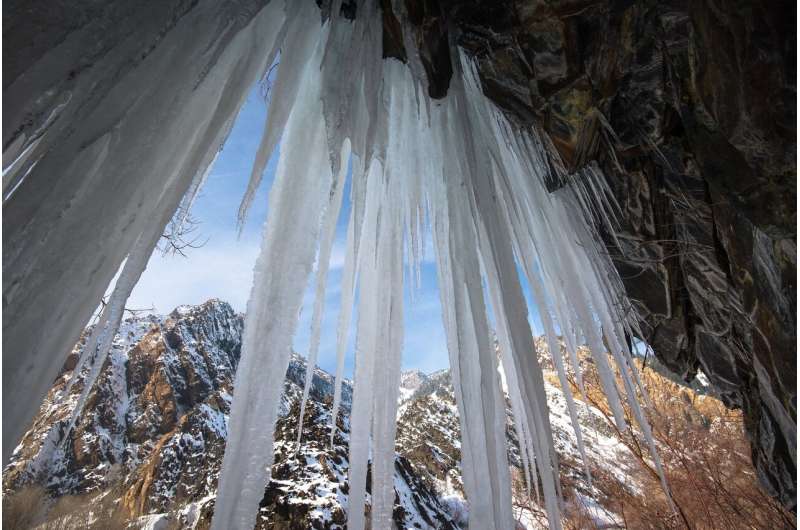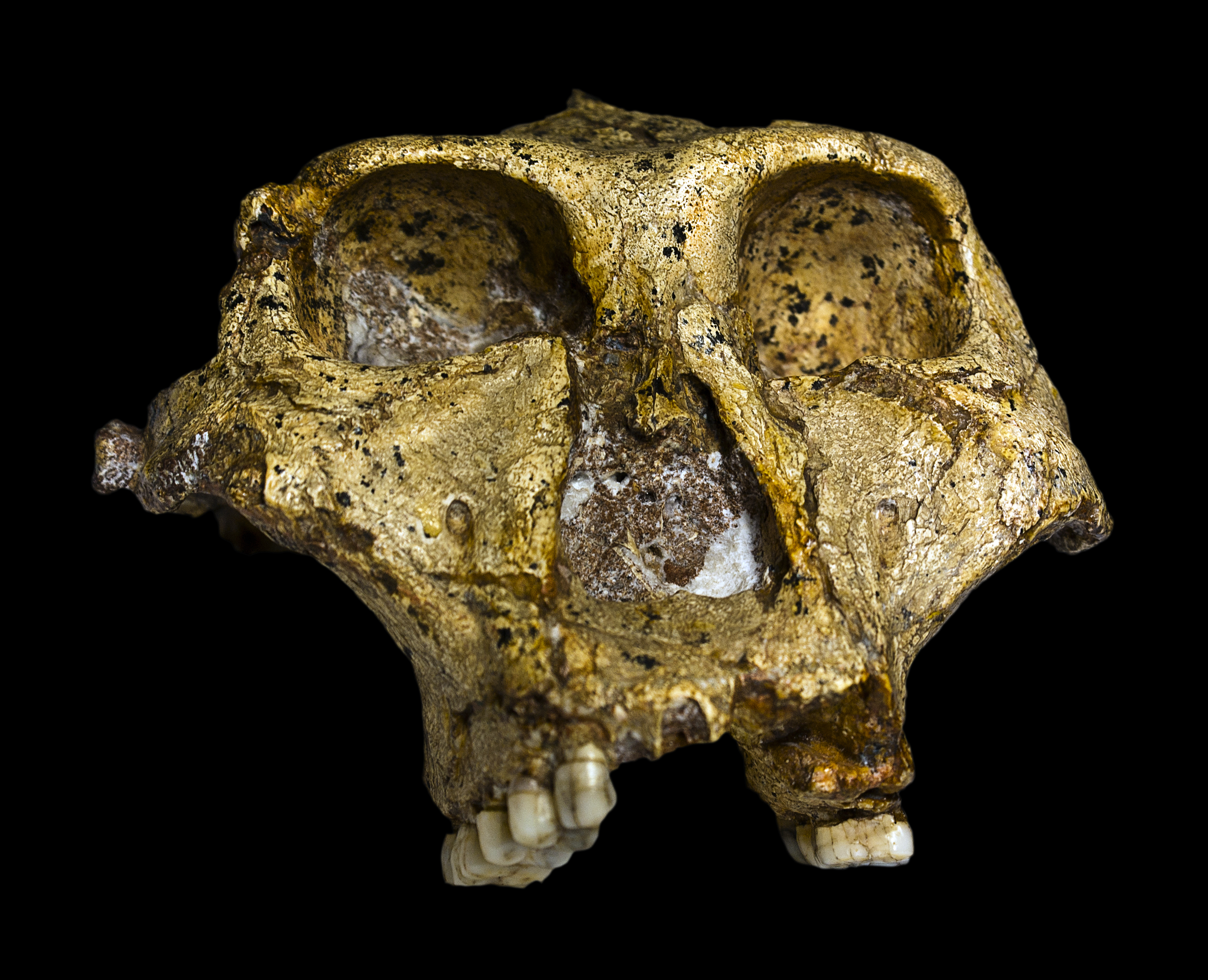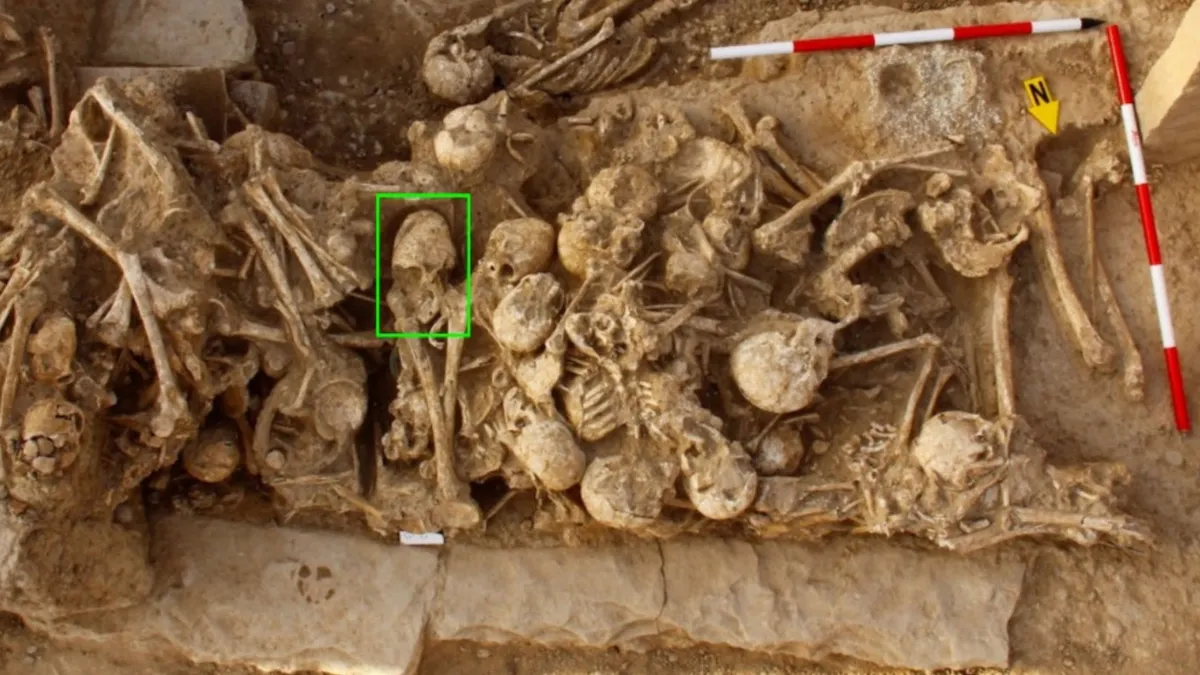Ancient news stories

A new study analyzes stone tools from the cave that date to about 19,000 to 18,000 years ago, and discusses how the techniques used to make them hint at the ways that prehistoric people traveled, interacted, and shared their craft.

A new study supports the 2021 findings—this time relying on ancient mud to radiocarbon date the footprints, not seeds and pollen, and an independent lab to make the analysis. The paper was published in the journal Science Advances.

One of the latest developments is a recent study from the University of Michigan, published in the journal Science Advances. It proposes that Neanderthals went extinct for astrophysical reasons.

A prominent brow ridge with a brain as large as modern humans and Neanderthals — that’s what the archaic human group, the Denisovans, looked like, according to work published this week in Cell and Science.

A major new study led by Dr Aurélie Manin from the School of Archaeology at the University of Oxford has traced the incredible journey of humankind’s best friend across the Americas, showing how dogs slowly spread southward alongside early farming societies – mirroring the rhythms of human migration, agriculture and cultural change.

Looking around, you could easily assume this cold and barren high country was too difficult for people to spend time in. But our new research, published today in Nature Human Behaviour, indicates Dargan Shelter was occupied as early as the last Ice Age and repeatedly visited during this cold period.

This rare find, dating back to a 5,300- to 4,150-year-old mega-village, is the first of its kind ever recorded in Late Prehistoric Iberia, according to findings published in PLOS One.
A new paper, published in Physical Review D (full preprint here), proposes a striking alternative. Their calculations suggest the Big Bang was not the start of everything, but rather the outcome of a gravitational crunch or collapse that formed a very massive black hole—followed by a bounce inside it.

A recent study by Dr. Gino Caspari revisits early interpretations of Xiaohe burial practices, highlighting the importance of considering them within the broader cultural and environmental contexts. “The funerary ritual is completely different from the surrounding cultures, and that is part of the fascination of this culture.”
Analysis of 8,000-year-old teeth has revealed how pigs were first domesticated from wild boars in what is today South China. The new study was published in the Proceedings of the National Academy of Sciences.

Recent scholarship has concluded that Neanderthals made a second major migration from Eastern Europe to Central and Eastern Eurasia between 120,000 and 60,000 years ago. But the routes they took have long been a mystery—primarily because there are few archaeological sites connecting the two regions. The research, which appears in the journal PLOS One.

In a bold reimagining of Southeast Asia s prehistory, scientists reveal that the Philippine island of Mindoro was a hub of human innovation and migration as far back as 35,000 years ago. Advanced tools, deep-sea fishing capabilities, and early burial customs show that early humans here weren t isolated they were maritime pioneers shaping a wide-reaching network across the region. See the paper here: https://www.sciencedirect.com/science/article/abs/pii/S2352226725000261?via%3Dihub

Scientists are turning to something that’s been quietly fixing nature for billions of years: mushrooms.
Despite their critical role in the human history of the Pacific region, this group’s genetic diversity is understudied, the researchers say. Their findings are in a paper published in the journal Nature Ecology & Evolution.

A new study, led by Palesa Madupe of the Globe Institute at the University of Copenhagen, has revealed protein-based evidence of hidden genetic variation within Paranthropus robustus. This suggests that the prehistoric humans may not have been a single, uniform species after all. The study is published in the journal Science.
Image by – José Braga;Didier Descouens (Wiki Commons)

Archaeologists in Iran have unearthed the unusual skull of a young woman who died in a traumatic incident over 6,000 years ago. The study was published May 22 in the International Journal of Osteoarchaeology.








